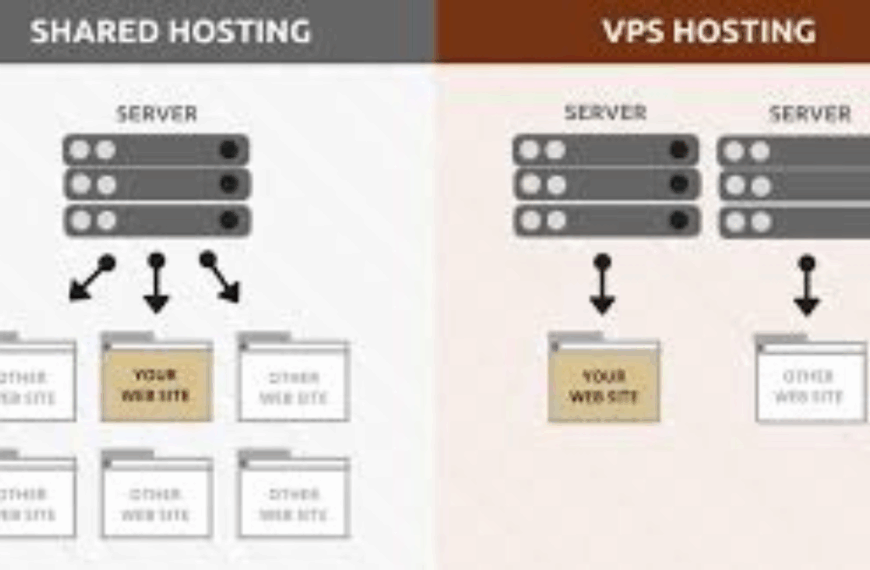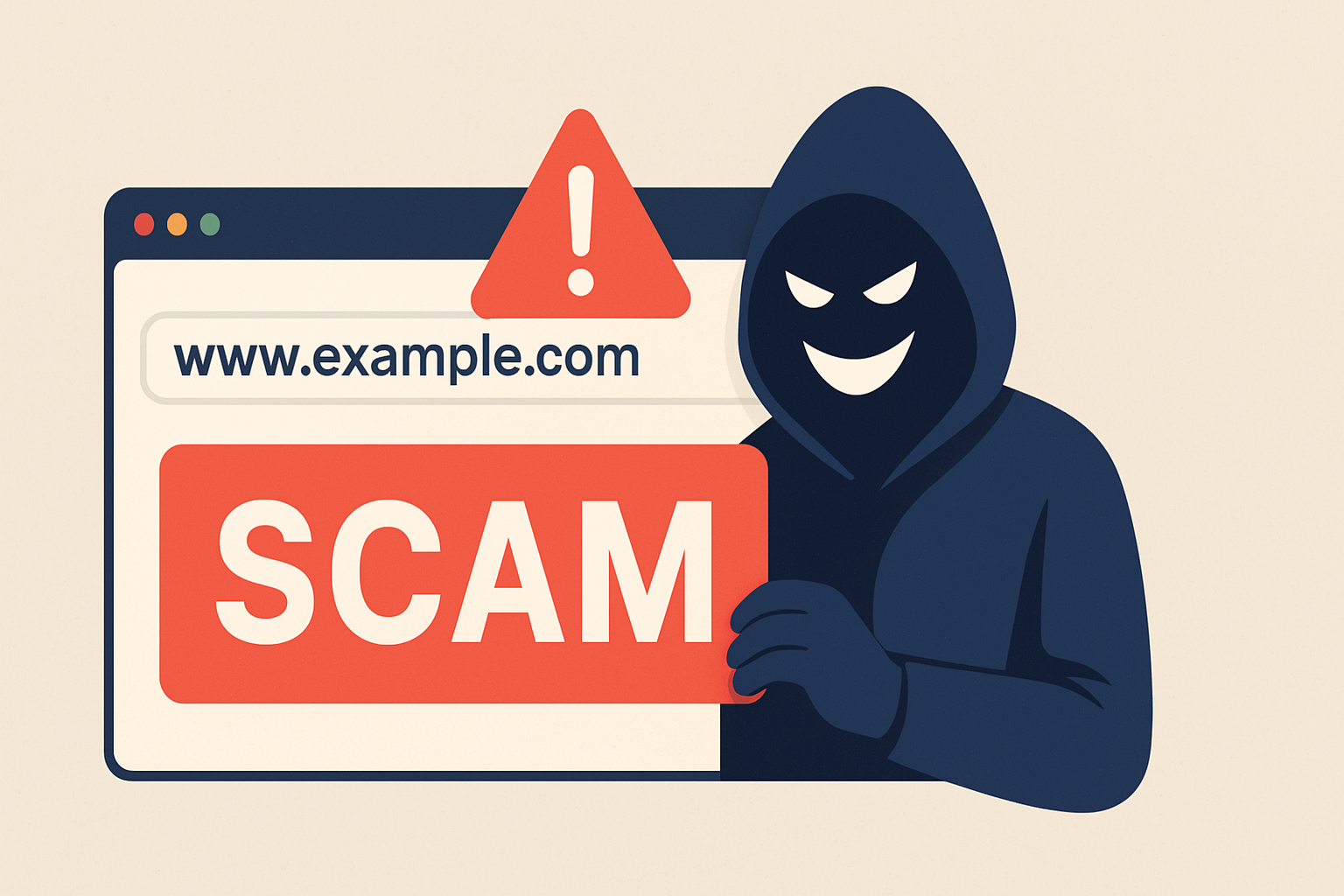Last updated on November 23rd, 2025 at 08:04 pm

Phishing attacks have become one of the most persistent cyber threats facing UK internet users today. If you’re running a website or blog, protecting yourself and your audience from these digital predators is essential.
TrueHost UK offers comprehensive web security solutions to keep your online presence safe.
You know what? Every day, thousands of people across Britain fall victim to cleverly crafted phishing attempts.
These aren’t just random attacks; they’re sophisticated psychological operations designed to trick even the most cautious users.
Understanding Phishing

Let me explain what phishing really is. Picture this, you’re walking down the street when someone approaches you, claiming to be from your bank.
They’re wearing a uniform that looks legitimate, they know your name, and they’re asking for your card details to “verify your account.” That’s essentially what phishing does, but online.
Phishing is a cyberattack where criminals masquerade as trustworthy entities to steal your personal information. They might impersonate your bank, Amazon, PayPal, or even government agencies like HMRC.
The goal? To trick you into revealing passwords, credit card numbers, or other sensitive data.
Here’s the thing, phishing works because it exploits human psychology rather than technical vulnerabilities. According to the UK’s National Cyber Security Centre, phishing remains one of the most common attack vectors used against both individuals and businesses.
How Phishing Attacks Work in Practice
Think of phishing as social engineering with a digital twist. Criminals create a sense of urgency, fear, or curiosity to bypass your natural skepticism.
They might send you an email claiming your account will be closed unless you verify your details immediately.
The process typically follows this pattern:
| Stage | Description | Example |
|---|---|---|
| Research and targeting | Attackers gather information about their victims | Scanning social media profiles, company websites |
| Crafting the message | They create convincing communications | Fake bank emails with official logos |
| Delivery | The phishing attempt reaches your inbox, phone, or social media | Email, text message, or phone call |
| Exploitation | If successful, they use your information for fraud | Unauthorized purchases, identity theft |
What makes modern phishing particularly dangerous is its sophistication. Gone are the days of obviously fake emails with terrible grammar.
Today’s phishing attempts can be remarkably convincing, complete with authentic-looking logos, proper formatting, and even personalized information.
Common Types of Phishing Attacks Targeting UK Users

1. Email Phishing
Email phishing remains the most widespread form of attack. You’ll receive messages that appear to come from legitimate sources.
These emails often contain urgent requests for account verification or warnings about suspicious activity.
| Organization Type | Common Examples | Typical Message |
|---|---|---|
| Banks | Barclays, HSBC, Lloyds | “Suspicious activity detected on your account” |
| Online Retailers | Amazon, eBay | “Your order has been cancelled” |
| Government | HMRC, NHS | “Tax refund available” |
| Delivery Services | Royal Mail, DPD | “Failed delivery attempt” |
2. Spear Phishing
Spear phishing takes targeting to the next level. Instead of casting a wide net, attackers focus on specific individuals or organizations.
They research their targets extensively, using information from social media, company websites, or previous data breaches.
Imagine receiving an email that appears to come from your boss, mentioning a project you’re actually working on, and requesting urgent information. That’s spear phishing in action, and it’s incredibly effective.
3. Whaling
Whaling specifically targets high-profile individuals like CEOs, celebrities, or government officials. These attacks require significant preparation and often involve multiple communication channels.
The potential payoff for criminals is substantial, making the extra effort worthwhile.
4. Smishing
Smishing (SMS phishing) has exploded in popularity, especially in the UK. You’ve probably received texts claiming to be from your bank, asking you to click a link to verify your account.
Or messages about missed deliveries requiring immediate action.
Common smishing examples include:
- Fake bank security alerts
- Bogus parcel delivery notifications
- Prize or lottery scam messages
- Coronavirus-related scams
5. Vishing
Vishing (voice phishing) involves phone calls from criminals impersonating legitimate organizations. They might claim to be from your bank’s fraud department, Microsoft technical support, or even the police.
The human voice adds authenticity that can be particularly convincing.
6. Pharming
Pharming is perhaps the most insidious form of phishing. Instead of tricking you into clicking malicious links, attackers redirect you to fake websites without your knowledge.
Even if you type the correct web address, you might end up on a fraudulent site that looks identical to the real one.
Real-World Phishing Examples That Fooled UK Users
The HMRC Tax Refund Scam
One of the most prevalent phishing attacks in the UK involves fake HMRC communications. Criminals send emails or texts claiming you’re eligible for a tax refund.
The message includes a link to a convincing replica of the official HMRC website where you’re asked to enter personal and banking details.
Banking Security Alerts
British banks are frequently impersonated in phishing attempts. You might receive an email stating that suspicious activity has been detected on your account and that you need to verify your details immediately.
The email looks official, complete with bank logos and proper formatting.
Amazon Prime Renewal Scam
With millions of UK users subscribed to Amazon Prime, criminals have created convincing phishing emails about subscription renewals. These messages claim your payment method has failed and request updated card details.
NHS Appointment Confirmations
Particularly during the COVID-19 pandemic, phishing attempts impersonating the NHS became common. Fake appointment confirmations, test result notifications, and vaccine booking confirmations have all been used to steal personal information.
Warning Signs
Recognizing phishing attempts isn’t always straightforward, but certain red flags can help you stay safe:
| Warning Type | Red Flags | What to Look For |
|---|---|---|
| Generic greetings | “Dear Customer” instead of your name | |
| Urgent language | “Act immediately or lose access” | |
| Suspicious addresses | domains that don’t match the organization | |
| Poor grammar | Spelling errors and awkward phrasing | |
| Information requests | Asking for passwords or PINs via email | |
| Website | Wrong URLs | Addresses that don’t match official domains |
| Missing security | No padlock icon in browser bar | |
| Unusual requests | Asking for unnecessary personal details | |
| Payment issues | Unusual payment methods or requests | |
| Phone Calls | Unsolicited calls | Unexpected requests for information |
| Pressure tactics | Demanding immediate action | |
| Remote access | Requests to control your computer | |
| Identity issues | Unable to verify their credentials |
Protecting Yourself

Email Security Best Practices
Never click on links or download attachments from suspicious emails. Instead, navigate to the organization’s website directly by typing the URL into your browser.
If you’re unsure about an email’s authenticity, contact the organization through their official channels.
Enable two-factor authentication on all your accounts. This adds an extra layer of security even if your password is compromised.
Most UK banks and major online services now offer this feature.
Browser and Device Security
Keep your devices updated with the latest security patches. Use reputable antivirus software that includes phishing protection.
Many modern browsers also include built-in phishing detection features.
For website owners, thetruehost.co.uk provides SSL certificates and advanced security features that protect both your site and your visitors from phishing attempts.
Financial Protection Measures
Monitor your bank accounts regularly for unauthorized transactions. Set up account alerts for unusual activity.
Consider using separate cards for online purchases to limit potential damage from fraud.
The Financial Conduct Authority provides excellent resources for protecting yourself from financial scams, including phishing-related fraud.
What to Do If You’ve Been Targeted
We look at three different scenarios:
I. Immediate Steps
If you suspect you’ve received a phishing attempt, don’t panic. Delete the message and don’t click any links.
Report the attempt to the organization being impersonated and forward phishing emails to the National Cyber Security Centre at [email protected].
II. If You’ve Already Responded
If you’ve already clicked a link or provided information, act quickly. Change your passwords immediately, contact your bank if financial information was shared, and monitor your accounts for suspicious activity.
III. Reporting and Recovery
Report the incident to Action Fraud, the UK’s national fraud reporting centre. They can provide guidance on next steps and help prevent others from falling victim to the same scam.
Frequently Asked Questions About Phishing
| Question | Answer |
|---|---|
| What exactly is phishing and why is it called “phishing”? | Phishing is a cybercrime where attackers impersonate legitimate organizations to steal personal information. It’s called “phishing” because criminals “fish” for information using bait (fake communications). |
| How common are phishing attacks in the UK? | Phishing attacks are extremely common. The Cyber Security Breaches Survey 2023 found that 83% of UK businesses experienced phishing attempts, making it the most common cyber threat. |
| Will legitimate companies ever ask for personal information via email? | No, legitimate organizations will never ask for sensitive information like passwords, PINs, or full card details via email. When in doubt, contact the organization directly. |
| What should I do if I clicked on a phishing link? | Immediately change your passwords, run a virus scan, check your accounts for suspicious activity, and report the incident to the relevant authorities. |
| Can phishing emails install malware on my computer? | Yes, some phishing emails contain malicious attachments or links that can install malware. This is why it’s crucial never to click on suspicious links or download unexpected attachments. |
| How can businesses protect their employees from phishing? | Businesses should implement security awareness training, use email filtering systems, establish clear reporting procedures, and consider cyber security solutions like those offered by thetruehost.co.uk. |
The Future of Phishing Protection
As technology evolves, so do phishing techniques. Artificial intelligence is being used both by criminals to create more convincing attacks and by security companies to detect them. The key to staying safe is remaining vigilant and keeping your knowledge updated.
Remember, phishing attacks prey on human psychology rather than technical vulnerabilities. By understanding how these attacks work and maintaining healthy skepticism about unsolicited communications, you can protect yourself and your loved ones from becoming victims.
Stay informed, stay cautious, and don’t hesitate to verify suspicious communications through official channels. Your digital safety depends on it.
 Domain Search
Domain Search Whois Lookup
Whois Lookup Domain Transfer
Domain Transfer All Domains
All Domains Web Hosting
Web Hosting Email Hosting
Email Hosting Reseller Hosting
Reseller Hosting Windows Hosting
Windows Hosting cPanel Hosting
cPanel Hosting VPS Hosting
VPS Hosting Managed VPS Hosting
Managed VPS Hosting Dedicated Server
Dedicated Server SSL Certificates
SSL Certificates All SSL
All SSL






